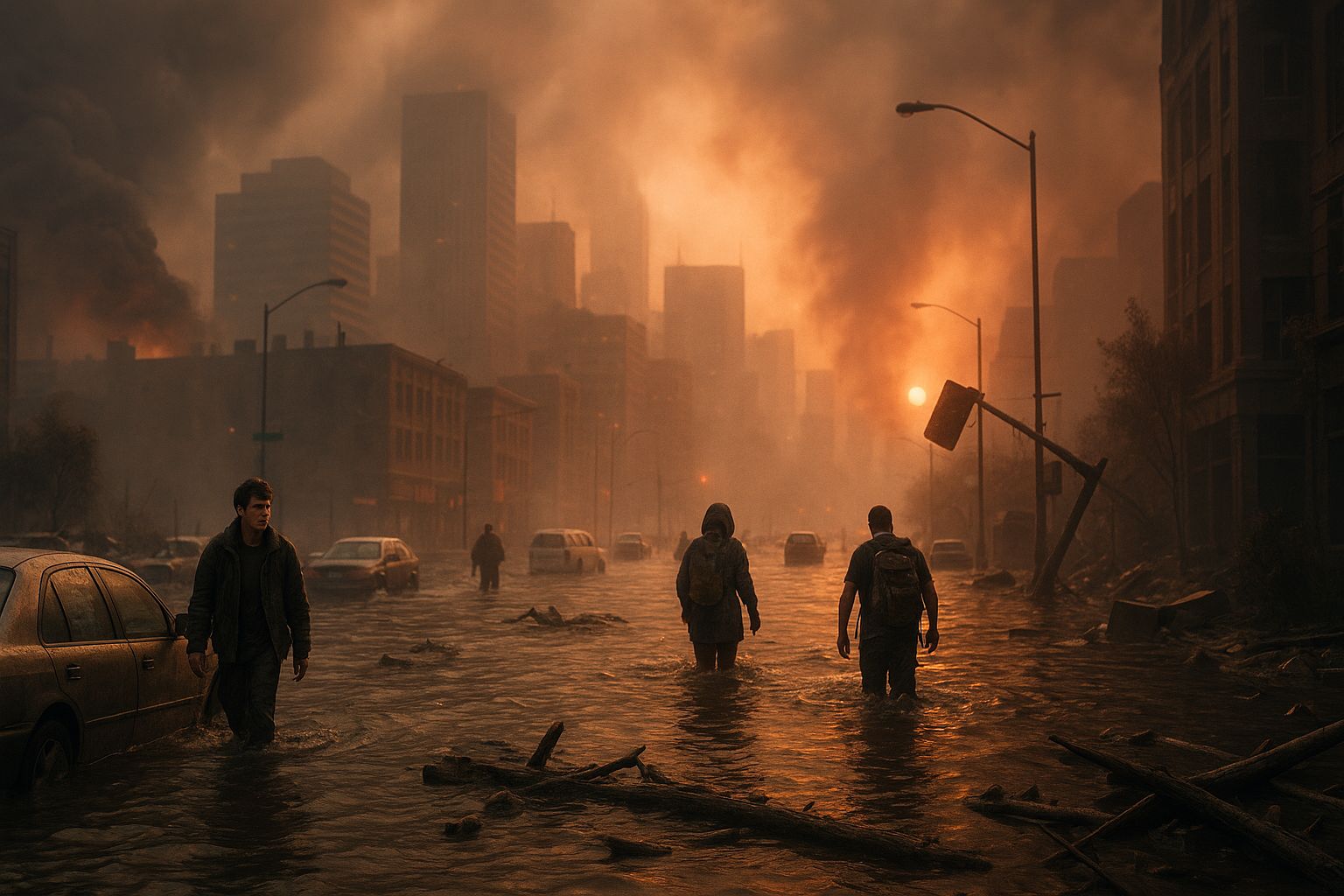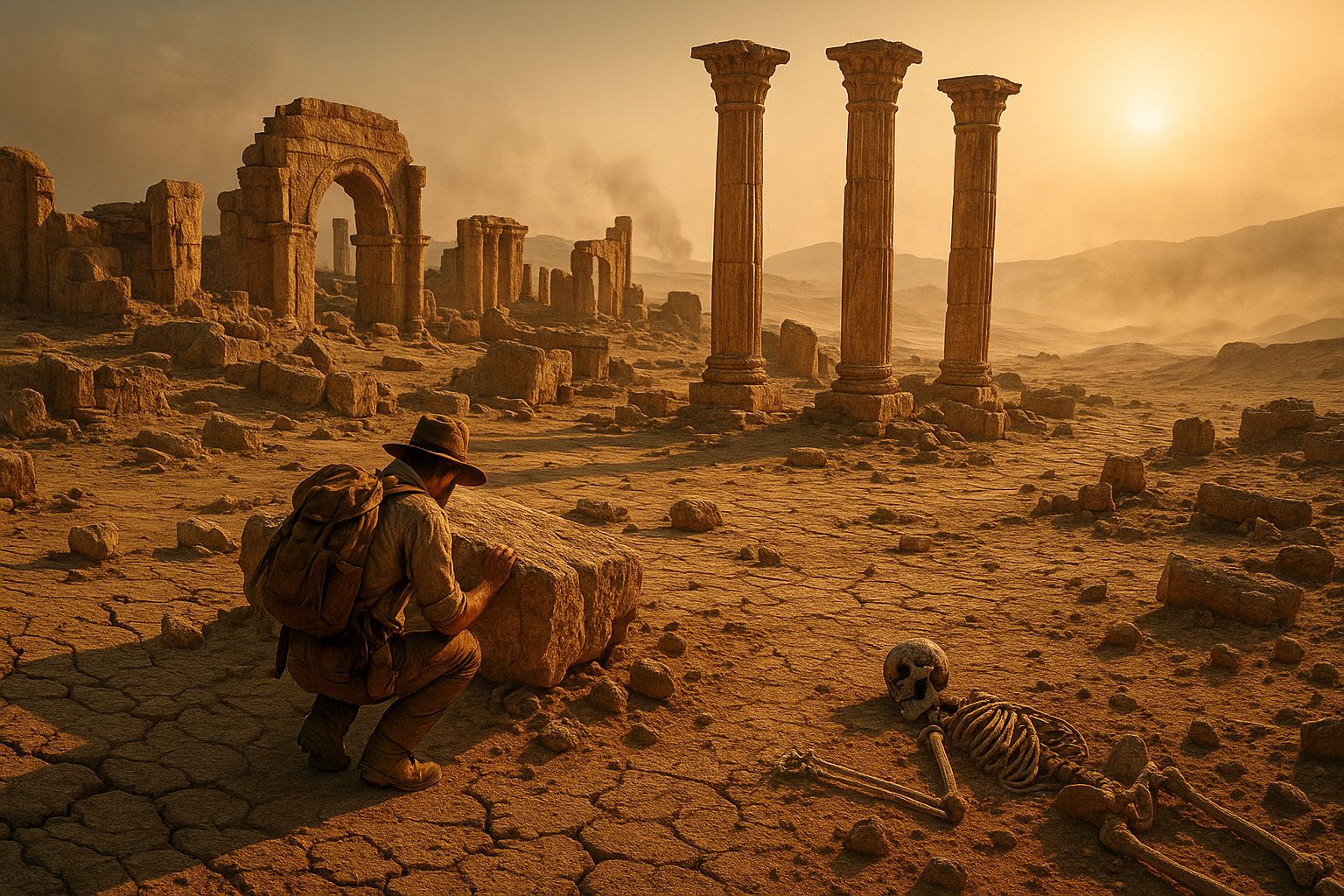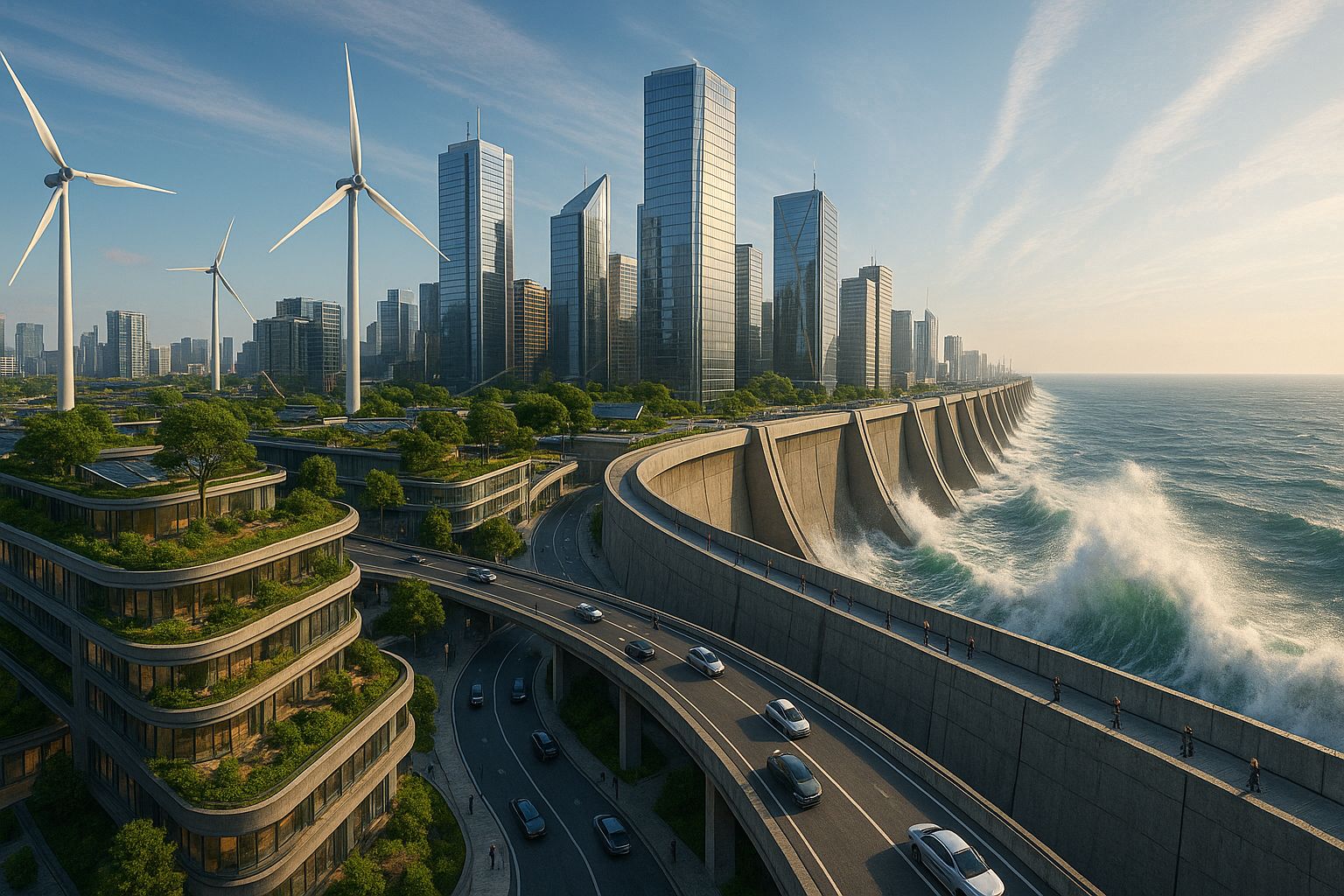- Green Glow
- Posts
- 🌱 We’ve Survived Climate Shifts Before. So What’s Different Now? 🤔🌍
🌱 We’ve Survived Climate Shifts Before. So What’s Different Now? 🤔🌍
Humans have survived past climate shifts, but today’s crisis is faster, global, and man-made. Discover why this time is different—and more dangerous.
Humanity has weathered major climate upheavals for thousands of years. From the end of the last Ice Age to the Little Ice Age, civilizations have adapted, migrated, and even thrived in shifting environmental conditions. So if we've done it before—why is today’s climate crisis different?
The answer lies in the speed, scale, and cause of the changes we're now witnessing. While past shifts were slow and mostly natural, today’s changes are rapid, global, and largely man-made.
Table of Contents

A Look Back: When Climate Shaped Civilizations
Climate has always been a central force in human history. Just a few key examples:
The Holocene Epoch (starting ~11,700 years ago) marked a stable warming that allowed humans to farm, settle, and build cities.
The Medieval Warm Period (c. AD 950–1250) saw Norse settlers colonize Greenland and vineyards flourish in England.
The Little Ice Age (c. 1300–1850) brought colder winters, crop failures, famines, and possibly contributed to the decline of Norse Greenland and political unrest across Europe.
Throughout these events, people responded by migrating, changing their diets, innovating new tools, or—even more dramatically—seeing their societies collapse when they could not adapt.
Then vs. Now: What Makes Today’s Crisis Different?
While the Earth’s climate has always changed, what sets today apart are three crucial differences:
1. Unprecedented Speed
Past climate shifts occurred over centuries or millennia. Today, we’re seeing major changes within decades.
Global average temperatures have risen more than 1.1°C (2°F) since pre-industrial times.
Half of that warming has happened in the last 40 years.
Ice sheets and glaciers are melting faster than at any point in the last 10,000 years.
2. Human Causation
Historically, climate changes were triggered by natural cycles—such as volcanic activity or Milankovitch cycles (Earth’s orbital variations). Today’s warming, however, is overwhelmingly driven by human activity:
Burning fossil fuels (coal, oil, gas)
Deforestation
Industrial agriculture
Carbon dioxide levels have now reached 424 ppm, the highest in at least 800,000 years.
3. Global Reach
Past climate shifts were often regional. For example, the Little Ice Age hit Europe hard but didn’t significantly impact every continent.
Today’s crisis is global.
Rising sea levels threaten coastal cities worldwide.
Droughts and floods are hitting Asia, Africa, and the Americas simultaneously.
Ocean acidification is affecting global fisheries, not just local waters.

Adaptation Is Harder Now
In the past, small, localized populations could often move to better climates or shift their food sources. But now:
Nearly 8 billion people depend on tightly connected global systems (food, trade, energy).
Urban megacities can’t just migrate inland when sea levels rise.
Climate refugees already number in the millions, with far more projected by 2050.
Our interconnectedness—once a strength—makes us more vulnerable when systems fail.
Can We Still Adapt? Yes—but We Must Also Mitigate
Adaptation is still possible and essential:
Developing drought-resistant crops
Upgrading urban infrastructure for heatwaves and flooding
Building early-warning systems for extreme weather
But without mitigation—reducing greenhouse gas emissions—adaptation alone will become unaffordable and eventually impossible.
What Science Tells Us: No Time to Waste
Paleoclimatologists studying past climate changes have provided a stark warning: Earth’s climate system can shift abruptly once certain tipping points are crossed.
Examples of possible near-future tipping points:
Collapse of the West Antarctic Ice Sheet
Dieback of the Amazon rainforest
Melting of Arctic permafrost, releasing methane—a potent greenhouse gas
We’re closer than ever to triggering irreversible changes that no civilization, ancient or modern, could easily survive.

Conclusion
Yes, humans have endured dramatic climate shifts before—but always under natural, slower conditions and with far fewer people on the planet.
Today, we are the primary driver of change—and we hold the tools to shape the outcome. If we act swiftly and decisively, there’s still time to avoid the worst.
What history teaches us is not that we are invincible—but that those who prepare, adapt, and cooperate survive best.
FAQs
Haven’t humans always adapted to climate change? Why worry now?
Yes, humans have adapted to natural climate changes throughout history. However, today’s climate crisis is happening much faster, is global in scope, and is driven by human activities—making adaptation much more difficult and costly.
What’s the difference between past and current climate change?
Past climate shifts occurred over centuries or millennia due to natural forces. Today’s changes are happening in mere decades and are caused primarily by human emissions of greenhouse gases.
How fast is the current climate changing?
Global temperatures have risen over 1.1°C since the late 1800s, with most of that warming happening in the last 40 years—faster than any period in the last 10,000 years.
Why can’t we just migrate or adapt like past civilizations did?
With nearly 8 billion people relying on global infrastructure, food systems, and coastal cities, large-scale migration or adaptation is far more complex today.
What can we do to address this climate crisis?
We need to both adapt (build resilience) and mitigate (cut emissions). Solutions include clean energy, climate-smart agriculture, urban planning, and international cooperation.
You May Also Like
External Links
Air pollution still plagues nearly half of Americans. That does a number on our health
Kicking up a stink: row over sewage pollution blighting Cape Town’s beaches
A Stunning Image of the Australian Desert Illuminates the Growing Problem of Satellite Pollution
Paris said au revoir to cars. Air pollution maps reveal a dramatic change.
Follow Us:
X: https://www.x.com/greenglownews
Youtube: https://www.youtube.com/@greenglownews
Instagram: https://www.instagram.com/greenglownews
Sponsored Links